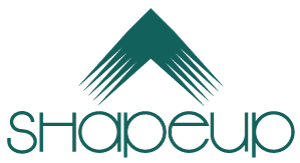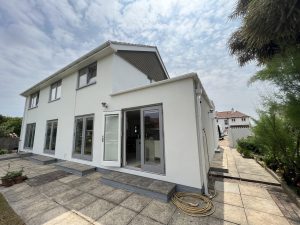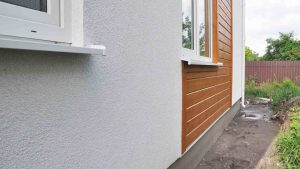External wall insulation (EWI) stands as a pivotal factor in the modern homeowner’s quest for energy efficiency and financial prudence. In an era where environmental sustainability intersects with economic considerations, the relevance of EWI has never been more pronounced.
This blog explores the myriad advantages and the cost implications of EWI, shedding light on why it is increasingly becoming a staple in home improvement projects.
The importance of insulation in maintaining a home’s thermal efficiency is well-established. However, EWI goes a step further by encapsulating the entire exterior of a building, thereby significantly reducing heat loss.
This not only leads to a more comfortable living environment but also translates into tangible savings on energy bills. As we delve deeper, we’ll uncover the layers that make EWI a wise investment for any homeowner.
What is External Wall Insulation?
External Wall Insulation refers to the application of an insulative layer to the exterior surface of a building, coupled with a protective finish.
This insulation method is especially beneficial for properties lacking cavity walls or those with solid walls, where traditional insulating methods fall short.
EWI involves fitting insulation boards to the outside of a property, followed by a render or cladding finish, which not only improves thermal performance but also revitalises the building’s appearance.
The materials used in EWI vary, ranging from polystyrene and mineral wool to more advanced phenolic foams, each offering distinct insulative properties.
The installation process, though seemingly straightforward, requires professional expertise to ensure that it complements the building’s structural integrity and aesthetic appeal.
By embracing EWI, homeowners can significantly enhance the thermal envelope of their property, leading to a marked reduction in energy consumption.
Benefits of External Wall Insulation
The primary benefit of EWI lies in its remarkable ability to retain heat, leading to a drastic reduction in energy consumption.
By minimising thermal bridging and heat loss, EWI ensures that homes remain warm during the colder months and cooler during the summer, thereby reducing the reliance on heating and cooling systems.
This energy efficiency is not just a boon for the homeowner’s wallet but also contributes significantly to reducing carbon footprints, aligning with broader environmental sustainability goals.
Apart from its thermal benefits, EWI also contributes to the overall value of a property. Homes with EWI are often appraised higher due to their enhanced energy efficiency and aesthetic appeal.
Moreover, EWI acts as an additional layer of protection against external elements, contributing to the longevity of the property.
It dampens external noise, elevates the property’s curb appeal, and, in some cases, can even improve fire resistance, making it a multifaceted upgrade for any home.
External Insulation Cost Analysis
The initial investment in EWI can be substantial, factoring in the costs of materials and professional installation. However, this upfront cost needs to be evaluated in the context of long-term savings.
The reduction in energy bills post-installation can be significant, with some homeowners recovering the installation costs within a few years through savings on their heating bills.
The exact savings depend on various factors, including the property size and the type of insulation used.
In many regions, homeowners can also benefit from government grants and incentives aimed at encouraging energy-efficient home improvements.
These financial aids can substantially offset the initial outlay, making EWI a more accessible option for a broader demographic.
As energy prices continue to climb, the return on investment for EWI becomes even more compelling, positioning it as a smart financial decision for homeowners looking to optimise their expenditure in the long run.
Challenges and Considerations
While the advantages of EWI are clear, homeowners must also be aware of potential challenges. The installation process can be intrusive, requiring access to the property’s external walls and possibly causing temporary disruption.
It’s crucial to engage with experienced professionals who can mitigate these challenges and ensure a smooth installation process.
Another consideration is the maintenance of the external insulation system. While EWI systems are generally low-maintenance, they may require periodic cleaning or repainting, depending on the finish.
Homeowners should also consider the architectural style of their property and local planning regulations, as these can influence the type of EWI system that can be installed.
Conclusion
In conclusion, external wall insulation presents a compelling case for homeowners, balancing initial costs against long-term savings and environmental benefits.
The increased comfort, reduced energy bills, and potential increase in property value make EWI a prudent investment for any homeowner.
As we strive towards more sustainable living practices, EWI stands out as a key player in the movement towards greener, more energy-efficient homes.








